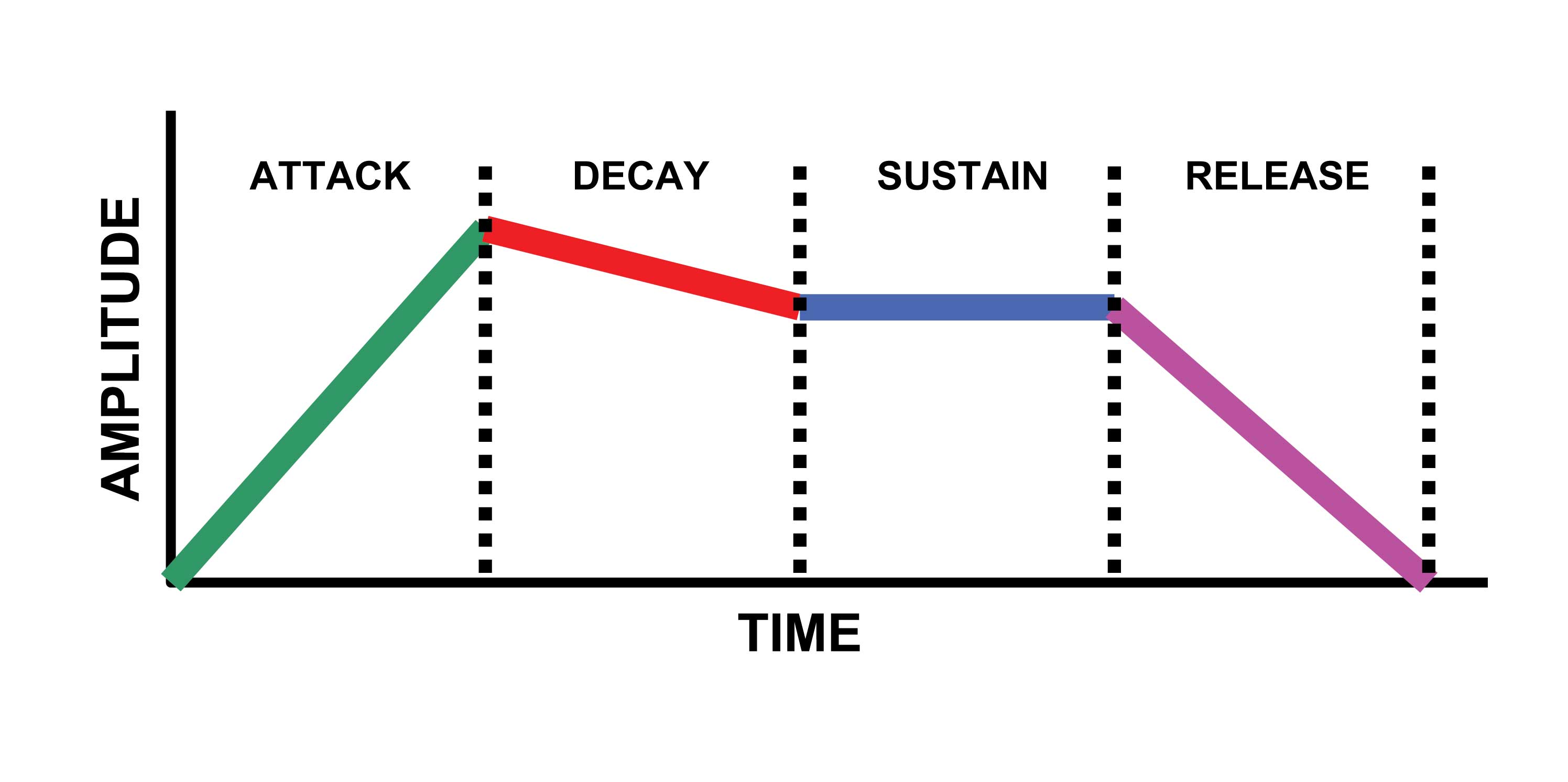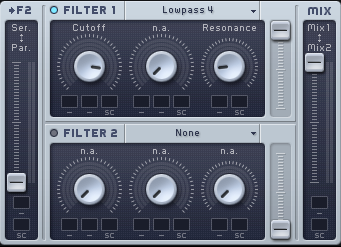
Sample Rate And Bitdepth Explained
Today we’re going to talk about 2 common things when it comes to mixing audio and they go under the name of sample rate and bitdepth.
If you don’t know what these terms stand for pay attention for the in-depth tutorial we placed above and so to say this will also provide a few basic knowledge on how to pick your format when exporting a new track or a sample. Let’s see what this is all about and how sample rating and the bit can affect your production sound design.
The act of capturing an amplitude over time is called ‘sampling’ and a sample is a static representation of a waveform. The amount of samples taken per second goes under the name of ‘sample rate’ and this is our first topic we’ll be discussing today. If we sample a 20 Khz frequency using sample rate of 20 khz, we only take one sample per completed circle. If you want to capture both sides of the waveform we need to use a sampling rate double that of the frequency we’re looking at so to capture a 20 Khz frequency we need to have a sample rate of at least 40 Khz. However a High-Pass filter put around 20 Khz will keep most of the signal intact because that doesn’t happen naturally on this sample rate so go back and read about Filter if you don’t know how to use this tool.
As well as with the time-axis, digital systems have a resolution on the amplitude-axis as well. The higher this resolution is, the more accurate the digital representation of the wave’s amplitude is so this is determined by the bit-depth when recording new material in DAWs. Keeping things short, the higher the bit-depth the bigger the dynamic range can be captured. A 20 dB system has, of course, a higher value than a 16 bit recording system and this one goes theoretically in the range of 96 db when being used. Mixing with audio that has a 24 bits resolution is a lot more pleasant and the final result will gain more value both for listeners and for you as author.
Mixing tools such as filters and ad-converters can be crucial for your on-going track so up next the tutorial breaks them down while pointing out the does and don’ts. All you have to do is hit play and pay attention.



